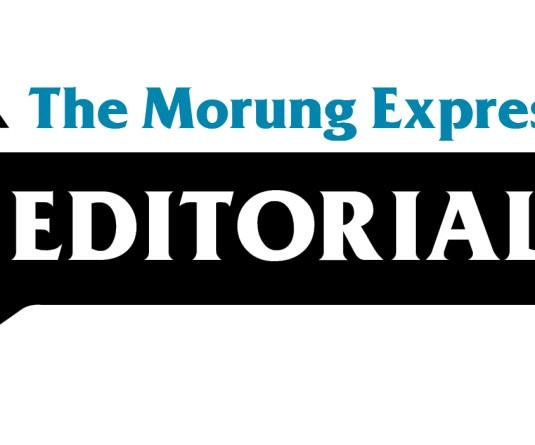
That the urban growth rate of Nagaland is quite alarming can be gauged from the number of vehicles squeezed on roads build almost a quarter of a century ago. This was seen especially at Dimapur during the recent lead up to Christmas where it was virtually impossible to drive along the busy Church Road and nearby areas. The problem with the kind of urban growth being witnessed in places like Kohima, Dimapur and to some extent in Mokokchung is that the infrastructure has not grown proportionally with the ever increasing population growth so much so that the growing size of our towns beyond their holding capacities is witnessed by the present day overcrowding, lack of adequate housing, encroachment, mushrooming of slums and settlements, lack of civic amenities and not to mention the road congestion and resultant traffic jams, pollution and inconvenience caused to travellers.
Considering the deficit in terms of infrastructure growth, the growing urban population of Nagaland accounting for about 17.74% of the total population of the State, indeed reflects the enormity of challenges that lies ahead. The concerned people in the government should realize the magnitude of this crisis and hopefully this relentless process of urbanization being witnessed must be factored into all developmental thinking and plans in order to make meaningful intervention as per the demand of the situation. And given the impending danger lying ahead especially in places like Kohima and Dimapur, the Department of Planning and Urban Development must give serious thought to the larger issue of planning and management in urban areas. Likewise, the municipal bodies in the respective towns will have to play an important leadership role in this regard. There are several areas that need immediate attention. Further the psycho-social malignancies arising from the pressures of living in a veritable survival of the fittest scenario, exacerbated by the loss of traditional social support systems, manifest today in the high crime rates, psychotic disorders and racial and social tensions.
All this should also draw the attention of policy makers who will have to take into consideration the key factor accentuating the rural-to-urban exodus. One common understanding is that this is as a result of the imbalance in terms of availability of amenities and employment opportunities in urban centres. And till today the inclination is on one or two such urban hub instead of diverting or encouraging other growth centres. During the decade 1991-2001, there was a decrease in the percentage of urban population in the towns of Mon, Mokokchung and Tuensang. This is indicative of migration from these towns to places like Dimapur and Kohima, possibly for access to better amenities and economic opportunities. One long term solution is on improvement of rural infrastructure such as piped water supply, schools, hospitals, electrical power supply, the neglect of which accentuates the urban exodus. As far as dealing with the problems in existing urban towns goes, the Municipal authorities have to keep pace with city growth both spatially or in terms of infrastructure management. Policy makers need to wake up or else the nuisance brought about by the process of urbanization will become insurmountable.





